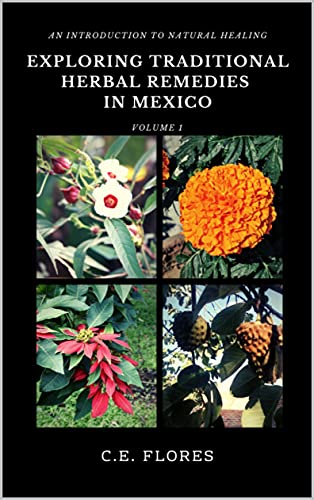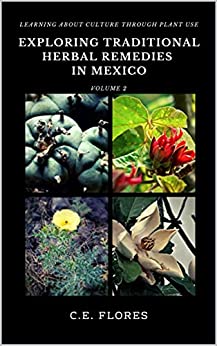
I don’t know about you, but there’s nothing better than Café de olla in the morning! But did you know coffee is medicinal as well? WhooHoo!
The genus Coffea is made up of at least 80 species and originated in Africa. Café arrived in Mexico in the late 1700s. Nowadays, Mexico is one of the world’s largest exporters of organic-certified coffee, mostly grown by small cooperatives of indigenous laborers. About 90% comes from the states of Chiapas, Veracruz, Puebla, and Oaxaca.
The majority of the coffee produced in the country is the shade-grown Arabica variety. Robusta only makes up about 4% of the total coffee produced. At least three varieties have been given the denominaciones de origen mexicanas from the el Instituto Mexicano de la Propiedad Industrial (IMPI), meaning they are recognized as being an original product of Mexico. These are the hybrid Garnica, its mutation Garien, and Oro Azteca, another hybrid.
In Mexican traditional medicine, coffee is prescribed for la gripa (cold), fever, headache, to improve digestion, as a mental stimulant, and increase a mother’s milk production. However, generally, coffee is not recommended for nursing mothers as the caffeine can be passed to the baby through the milk, and then the baby is awake all night!
Five grams of unroasted coffee beans are boiled in ½ liter of water for fever reduction. Add the juice from one limón (Citrus aurantifolia) and sweeten it with miel (honey). To treat a headache, coffee grounds and manteca (lard) are spread on leaves of the maravilla plant (Mirabilis jalapa) and then applied to the temples.
Regular café consumption has been shown to lower the risk of type 2 diabetes, kidney, liver, premenopausal breast, and colon cancers, and chronic liver disease. The seeds are antioxidant, hepatoprotective, antiviral, antifungal, anti-ulcer, antibacterial, and anti-inflammatory. They also have hypolipidemic effects.
One cup of coffee has 1 mg of vitamin PP which lowers cholesterol, eases arthritis, and boosts brain function. Three cups provide up to 50% of the daily requirement. Coffea also contains mangiferin which has anti-inflammatory, antidiabetic, antihyperlipidemic, and neuroprotective activities.
Topically, seed extracts reduce fine lines, wrinkles, and pigmentation discoloration. The caffeine content creates diuretic and temporary hypertensive effects. It also increases stomach acid and stimulates kidney and liver function.
Coffee seeds can reduce gallbladder disorders and may be beneficial in reducing acute gout inflammation. Roasted coffee brews demonstrate a stronger hepatoprotective effect when compared to green coffee brews. Some studies suggest that regular coffee consumption can reduce the risk of developing Parkinson’s disease by stimulating the central nervous system. In small concentrations, coffee may aid in sleeping and reduce the intensity of migraines when used in conjunction with ergotamine. As a stimulant, it can increase blood pressure, body temperature, blood circulation, and respiratory processes.
If you’d like to incorporate some coffee into your morning, definitely try Café de Olla.
Café de Olla
- 2 piloncillo cones (brown sugar)
- 1 stick of canela (Cinnamomum Zeylanicum)
- 100 grams of ground café (Coffea)
Boil 2 liters of water with the canela and piloncillo cones. Boil until the cones dissolve. Then add the coffee grounds, stir, and remove from heat. Cover and allow to steep between 5-10 minutes, depending on how strong you like your coffee. Strain and serve.
Traditionally, this drink is made in a clay pot, una olla de barro, and served in clay mugs.
***
Interested in natural remedies? Uncover herbal remedies from traditional Mexican sources for healing and wellness in the Exploring Traditional Herbal Remedies in Mexico series.







